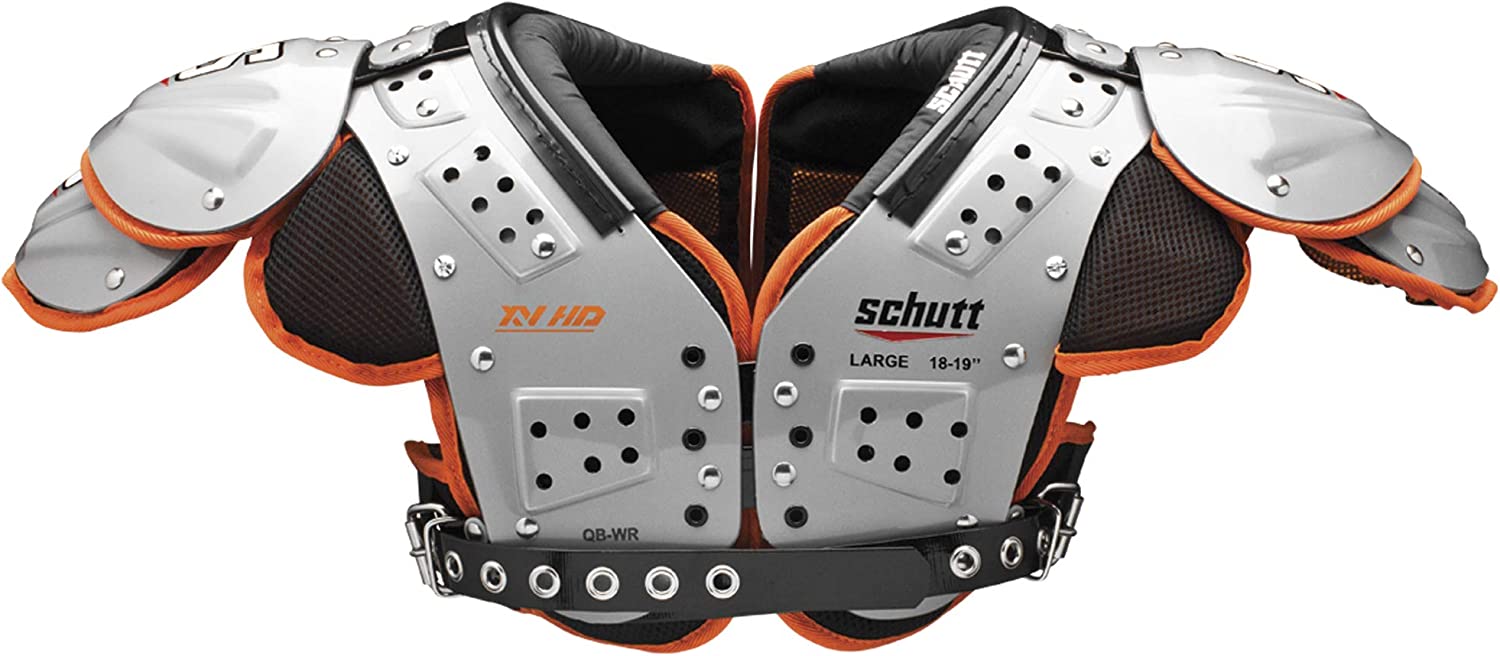Shoulder the Load: Unveiling the Ultimate Football Shoulders Pad Options
In the high-impact world of American football, where players collide with tremendous force and intensity, protective gear becomes an essential component for both performance and safety. Among the crucial pieces of equipment, football shoulder pads stand out as the guardians of players’ upper bodies, shielding them from potential injuries while optimizing their on-field performance. In this article, we delve into the realm of best football shoulder pads, unveiling the ultimate options that offer a blend of protection, comfort, and cutting-edge design.
The Evolution of Football Shoulder Pads: From Leather to High-Tech
The history of football shoulder pad dates back to the early days of the sport when players would wear rudimentary leather pads for a minimal layer of protection. However, the evolution of technology and materials has transformed shoulder pads into highly sophisticated pieces of equipment. Modern football shoulder pads incorporate advanced materials such as impact-absorbing foams, durable outer shells, and customizable features for a personalized fit.
Key Considerations When Choosing Football Shoulder Pads
- Position-Specific Design: Football is a game of diverse roles, and each position demands unique physical requirements. Linemen need pads that provide maximum protection against impact, while skill position players require lightweight pads that allow for swift movement. Ensuring that your shoulder pads are designed for your specific position is vital.
- Protection without Impedance: The ultimate shoulder pad strike a balance between robust protection and the freedom to move without restrictions. Pads with a low-profile design and strategically placed padding offer optimal protection while allowing players to perform at their best.
- Customizable Fit: Comfort is key when it comes to football gear. Many modern shoulder pads come with adjustable straps, buckles, and removable padding that allow players to achieve a snug, personalized fit. A well-fitting pair of shoulder pads can reduce the risk of chafing and discomfort during long practices and games.
- Material Innovation: Football shoulder pad now feature a variety of advanced materials, such as high-density foam, EVA foam, and reinforced plastic shells. These materials absorb and distribute impact forces more effectively, reducing the risk of injuries.
Unveiling the Ultimate Options
- Riddell Power SPK+: The Riddell Power SPK+ series boasts a streamlined design combined with strategically placed cushioning, making it a favorite among skill position players. The flexible arches and integrated clavicle channel offer a great fit and enhanced protection against collisions.
- Schutt XV HD All-Purpose: Designed with versatility in mind, the Schutt XV HD series suits players across various positions. With a sleek profile and extended arches, these pads offer a balanced blend of protection and mobility. The Energy Lock Technology helps disperse impact forces effectively.
- Xenith Shadow XR: The Xenith Shadow XR line introduces a cutting-edge approach with adaptive polymer padding that stiffens upon impact, providing on-demand protection. The pads’ customizable fit and lightweight construction make them ideal for players looking to maintain agility without compromising safety.
Investing in the Future
As the game of football continues to evolve, so does the technology behind protective equipment. Today’s football shoulder pad are a testament to this evolution, combining science, engineering, and a deep understanding of player needs. As athletes push the boundaries of their physical capabilities, football shoulder pads play a vital role in ensuring that players can shoulder the load of the game while staying safe and performing at their best. When selecting your next pair of football shoulder pads, keep in mind the specific demands of your position, the latest innovations in materials, and the importance of both protection and mobility.

Post Comment